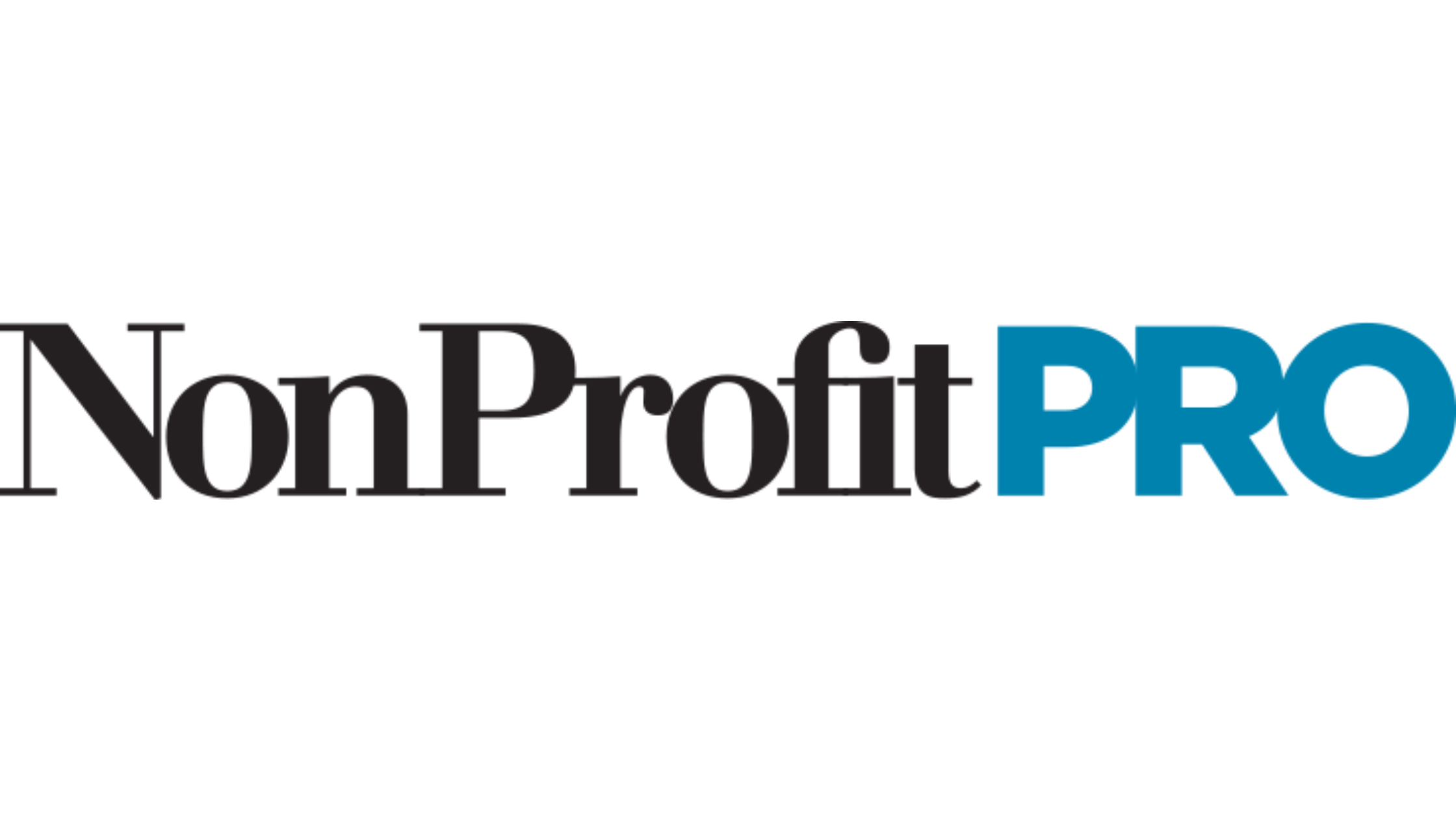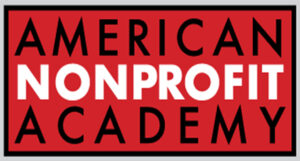4 Ways Workplace Giving Supports Fundraising Strategies
In 2023, corporate-sponsored workplace giving programs generated over $5 billion for US nonprofits, which suggests a huge opportunity for charitable organizations to reach dedicated and passionate donors. Workplace giving programs are available to more than 27 million Americans, a large audience that fundraisers don’t want to miss. Perhaps even more notable is that an estimated $4 to $7 billion of corporate matching-gift funds was left on the table. Understanding this opportunity can help nonprofit professionals develop effective fundraising strategies.
Companies use workplace giving programs to support communities in need, engage their employees, and achieve specific corporate social responsibility goals. Dollars for volunteering, grants, and payroll deductions are a few examples of these programs. With payroll deductions, companies usually offer employees a match, up to a specific dollar or percentage, which often doubles (or can even triple) a single donation. Payroll deductions allow employees to create a set-it-and-forget-it donation strategy to determine an amount or percentage of their paycheck to deliver to the nonprofit of their choice.
Employees can access a database of nonprofits that have created profiles on workplace giving programs their employer offers. When nonprofits have active and updated accounts on workplace giving platforms, potential donors can search for them by location, cause, or name. When fundraisers prioritize setting up and maintaining their nonprofit profiles on these donation sites, they can ensure they’re putting their best foot forward to reach engaged donors actively looking to support meaningful causes through their company’s charitable initiatives.
4 Key Ways Workplace Giving Can Help Fundraisers Achieve Their Goals
Adding other support pathways, like corporate philanthropy, helps nonprofits diversify their fundraising streams, better positioning themselves to achieve their long-term goals. Here are four reasons why.
1. Predictable Flow of Donations
If fundraisers know when to expect donations, planning and forecasting future fundraising needs is easier. Sporadic, unplanned, or one-time contributions may not offer the same insights or benefits. When fundraisers understand a donor is donating through paycheck deductions, they can rely on this regular bi-weekly or semi-monthly contribution to fuel their mission. With a steady flow of monetary support, nonprofits can continue to deliver on their mission, meet the needs of their community, create initiatives, or develop programs that expand their reach.
2. Diverse Donor Base
Employees nationwide have access to workplace giving programs and paycheck deduction options. When nonprofits create and maintain partnerships with companies that encourage employee participation, they can benefit from a diverse group of donors who care about the nonprofit’s mission and vision. Partnering with companies can provide immense value, including long-term partnerships, virtual or in-person volunteer opportunities, and even lifelong donors.
Employees who engage in a nonprofit’s mission and understand its value and impact are more likely to become long-term supporters. Having supporters from across the country and from different walks of life can help ensure the nonprofit’s health for years.
3. Create Active Givers
Workplace giving programs are designed to give back to communities while offering companies the chance to encourage employees to identify and support causes they’re passionate about. With this push from their employer, an employee is more likely to identify causes that are meaningful to them. This employer-based support sets the stage for employees to become lifelong givers because they understand the difference their donations make to communities they care about.
These corporate programs are a chance to establish a solid donor base that will continue supporting a nonprofit’s mission even after they leave the company.
4. Bolster Credibility
When nonprofits engage in corporate development programs, their credibility is boosted thanks to the company’s backing. When a company supports a nonprofit’s mission, it highlights the organization’s legitimacy and the impactful work it does in the community. These partnerships showcase a nonprofit’s credibility and can encourage support from other donors or companies.
Focusing on opportunities like workplace giving can help nonprofits raise more money and work toward their mission. Identifying and having active profiles on key workplace giving platforms and establishing mutually beneficial relationships with companies with a charitable arm will help fundraisers reach their goals and accomplish more good for their mission.



